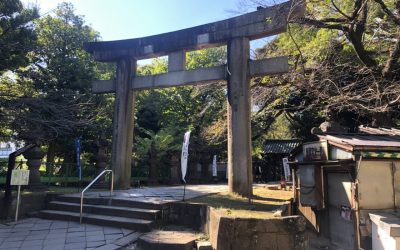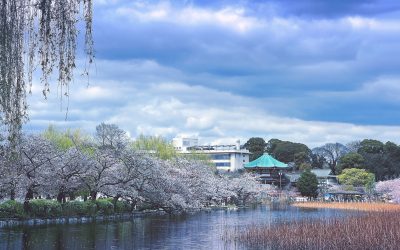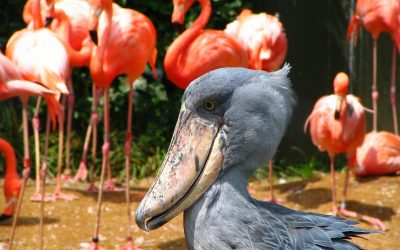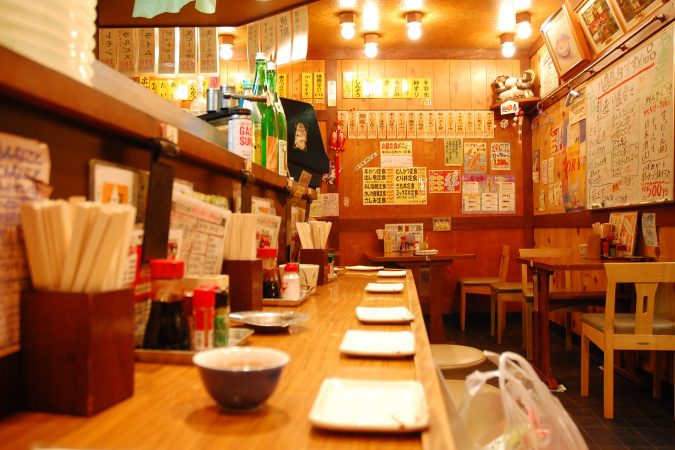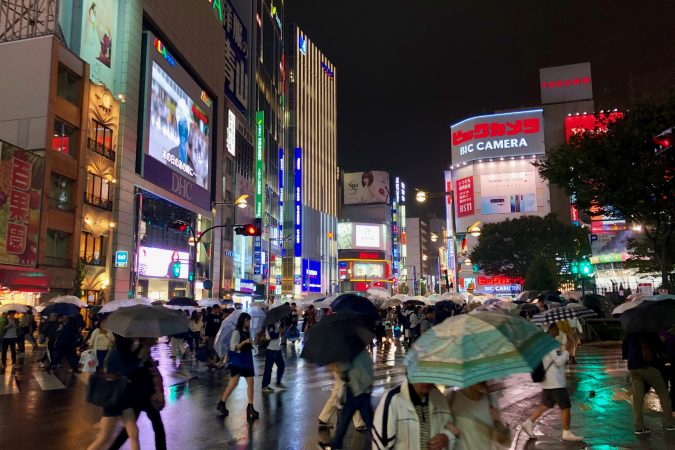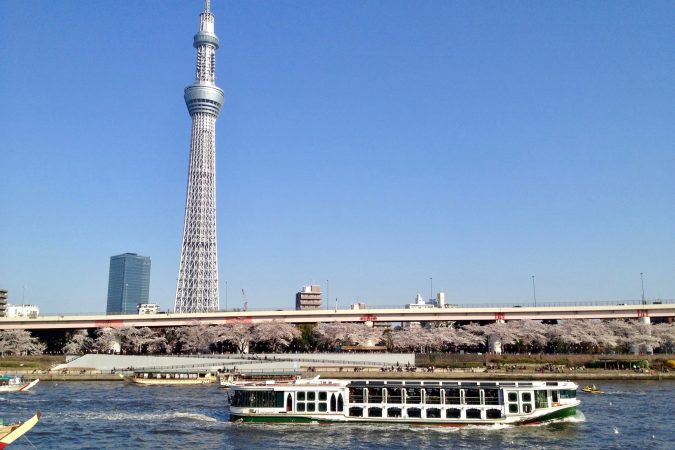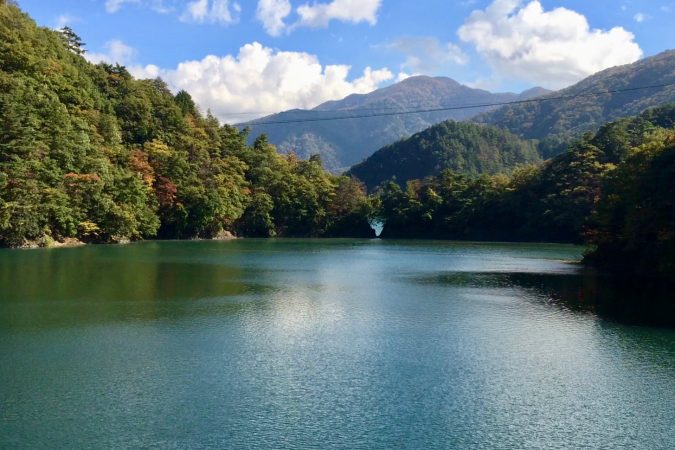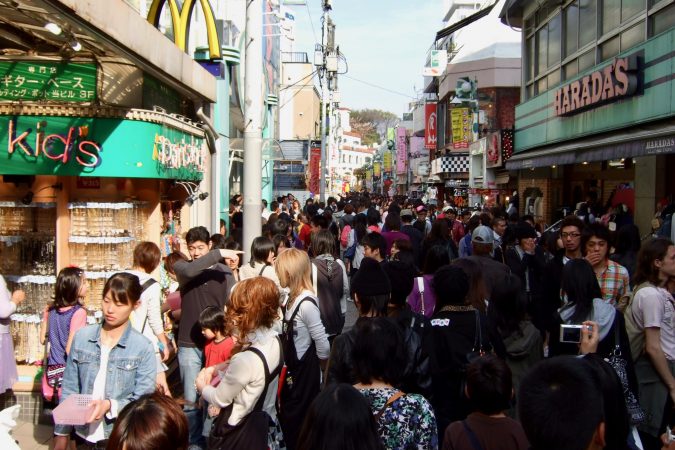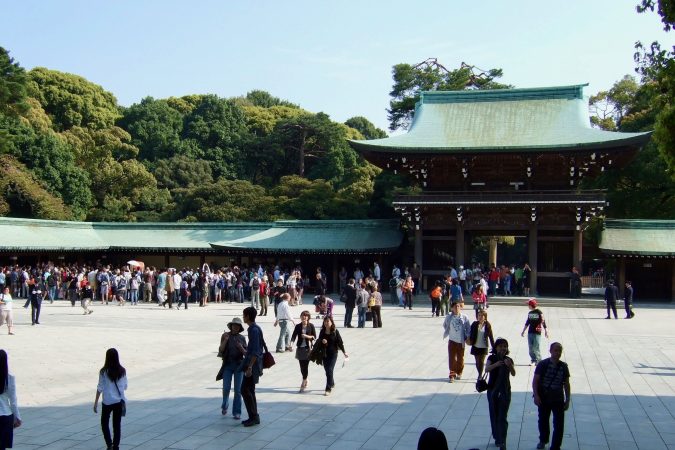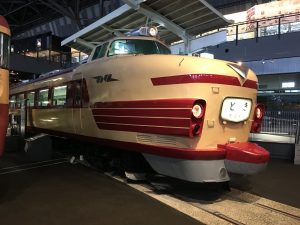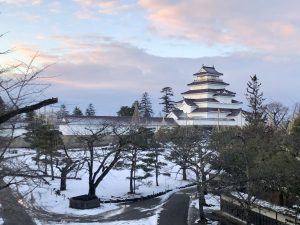Shinobazu Pond
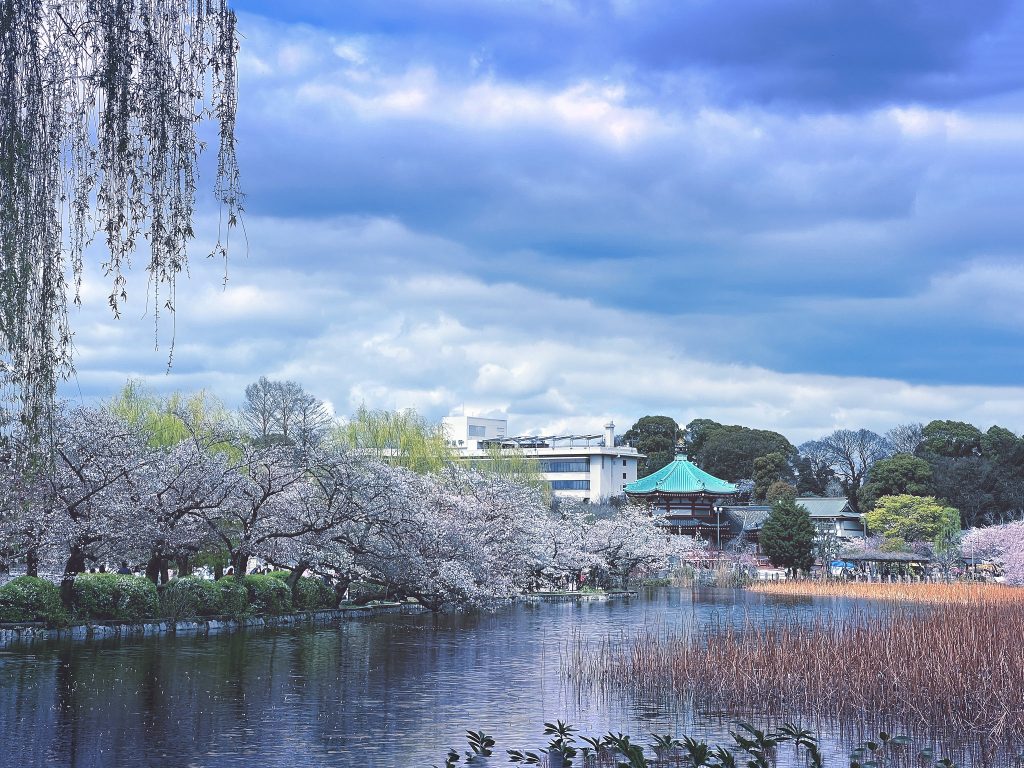
| The Good | The Not-So Good |
| Unique view of Lotus Lillies | Can get very crowded at peak times |
| A break from the Tokyo cityscape | Cannot reach one pond without Ueno Zoo ticket |

Shinobazuno Pond is the largest of three ponds set next to each other with the pictureqesque Bentendo Temple located on a cantral island connected by thin land walkways lined with cherry blossom trees that bloom in the spring.
Hasu Pond is the latest and is almost completely covered with Lotus Lillies that bloom in summer and wither away to stalks during the colder months. There is a viewing platform extending into Hasu Pond allowing for full emmersive photos with Bentendo temple serving as a focal backdrop.
The Boat Pond allows rental of swan peddle boats during most of the year. The entrance is in the middle of the pond island. The opening hours are listed here in English. Note the last ticket issuance time can be as early as 3:30PM during the winter.
Lastly is Uno Pond, which is contained within Ueno Zoo and is notable for the number of resting birds including Cormorants. If you don’t want to enter the zoo then some birds can still be seen in the other ponds.
There are numerous benches lining the edge of the ponds especially at the western edge furthest from the main park. On some days there some random events in the area near the Shitamachi Meuseum.
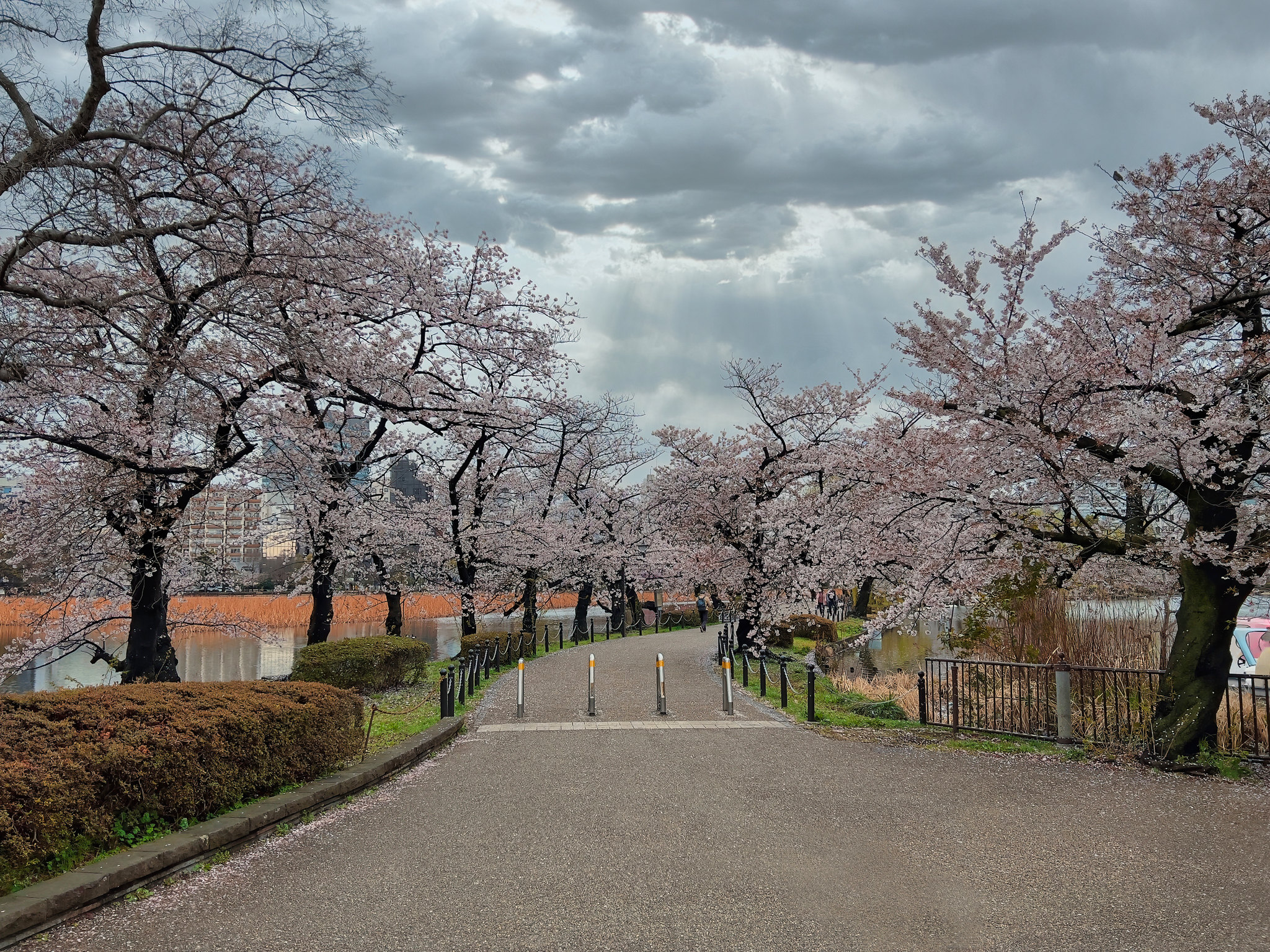
Bentendo Temple
Leading up to the temple from Tenryu Bridge is a natural walkway lined with various food stalls serving traditional festival foods such as Takoyaki and Yakisoba Noodles. You may also find some chocolate covered bananas and other sweet food stalls, depending on the season. The interior is open to the public although the temple itself is very small.
http://bentendo.kaneiji.jp/
http://bentendo.kaneiji.jp/pdf/english.pdf
The various flowers of Ueno Park
Ueno park has a variety of flowering plants that display their offerings throughout the year. There are maybe 30 different types of flowers listed in the Japanese Ueno Park homepage, with not a single month missed out. The map below shows the major flowers (original PDF here). Unfortunately, s single trip to Japan won’t allow you to view both the cherry blossoms and lotus flowers.
| Flower | When |
|---|---|
| Cherry Blossoms | Late March to mid-April |
| Plum Blossoms | Mid-February to early-March |
| Lotus Flowers | July and August |
| Peony | Mid-April to mid-May |
| Hydrangeas | MId-June to mid-July |
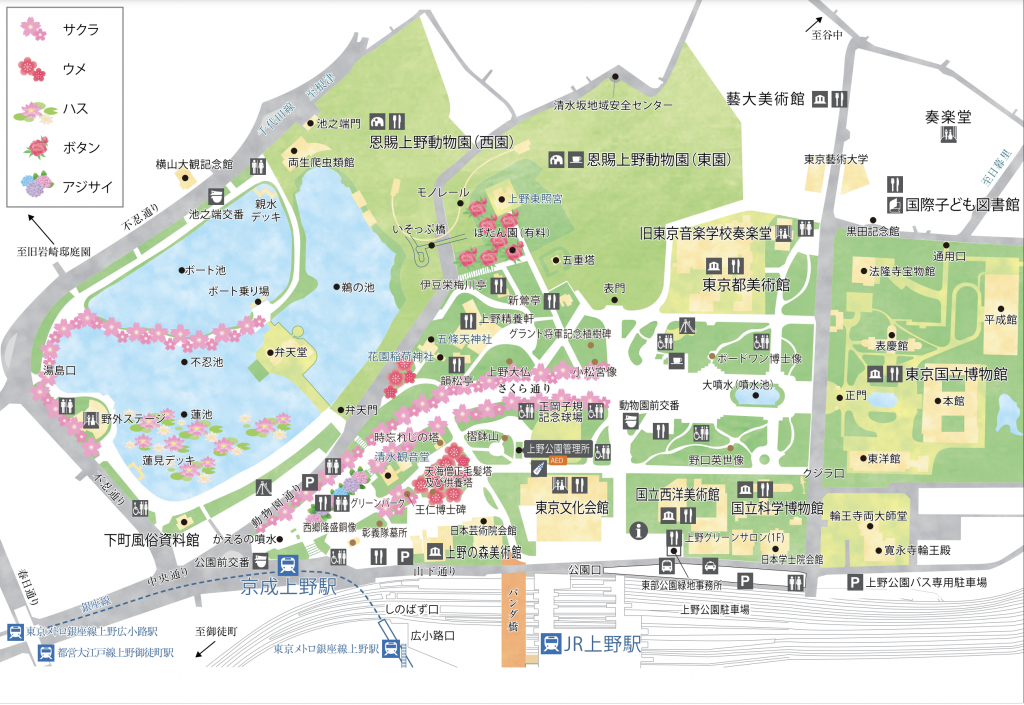
NOTE: During the cherry blossom season late-March to early-April, the park becomes full of Japanese taking part in the traditional “Hanami” (blossom viewing party). Large sections of the park will be full of picnic goers, drinking and eating on blue tarp. The main path through the park can get very crowded so it may be best to avoid the area if crowds are not your thing. The areas around the ponds tend to be less crowded at these times.
Access to Shinobazuno Pond
Access to Shonobazuno Pond is very simple. There is a Ueno Park Exit in Ueno Station that will take you directly to the park. You can also walk to the park from Akihabara or Asakusa (both about 30 minutes walk).
NOTE: You cannot access the Uno-pond without purchasing an Ueno Zoo ticket as the pond is part of the zoo. You can peak through the railings but that is about it. The zoo entrance fee is not expensive so even if you aren’t a zoo fan, the additional access to the pond might be worth the money.
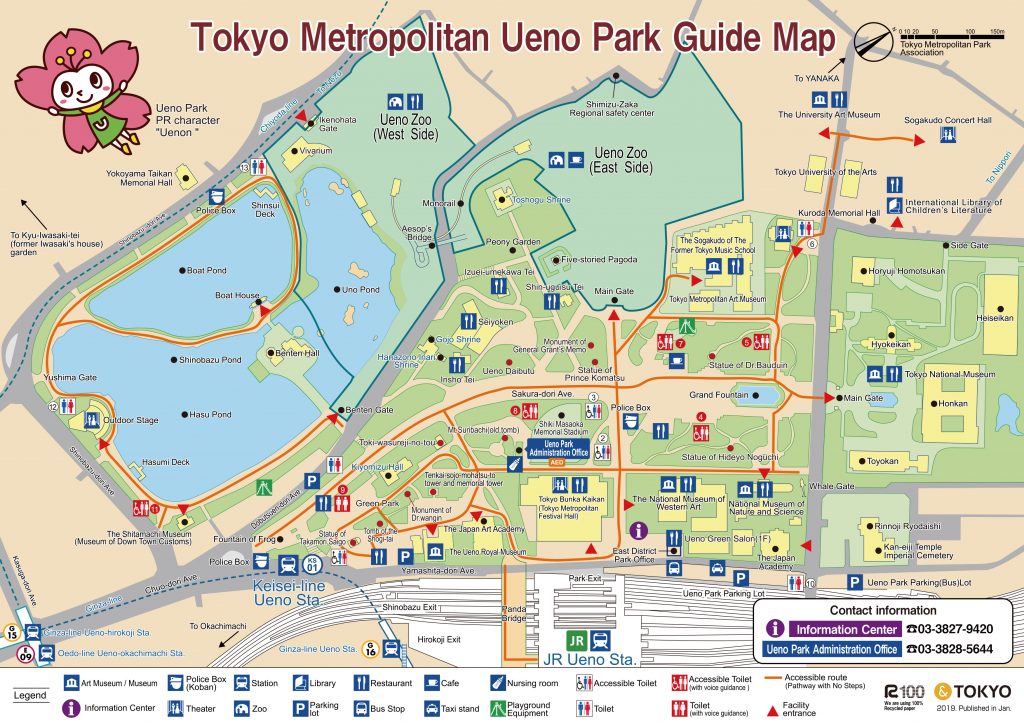
Planning your day around Ueno Park
Ueno Park is home to a variety of attractions. There are so many places to visit that you can easily spend an entire day just in and around Ueno Park. The following is a non-exhaustive list of attractions in Ueno Park.
Shinobazu Pond
Ueno Zoological Gardens
Tokyo National Mueseum (link)
National Museum of Nature and Science
Tokyo Metropolitan Art Museum
National Museum of Western Art
Gojoten Shrine / Hanazono Inari Shrine
Eating in and around the local area
When Japan recommends heading back towards Akihabara for lunch or dinner. Most of the restarants and places to eat are located in and around the Ame Yokocho, which is a bustling market street other so packed with visitors that it can be a challenge to walk at anything other than a snails pace. Check out the main page of the Ame Yokocho here for recommendations.
Locations 30 minutes walk from Ueno Park
Asakusa is a busy tourist district with notable temples and shopping strips selling traditional goods. It is a 30 minute walk. Just point yourself in the direction of the Skytree and keep walking. (directions). The walk will also take you via the Kappabashi Dougu Street, which has a number of shops selling Japanese cooking goods, including the plastic food used in shops to show off their cuisine to prospective customers
Akihabara is a popular tourist spot for anime fans and computer nerds. Don’t forget to try out a cream or sweet bean Taiyaki on the way, they are a delicious sweet treat.
There is a When Japan walk that will take you around Akihabara, Ueno and Asakusa.
